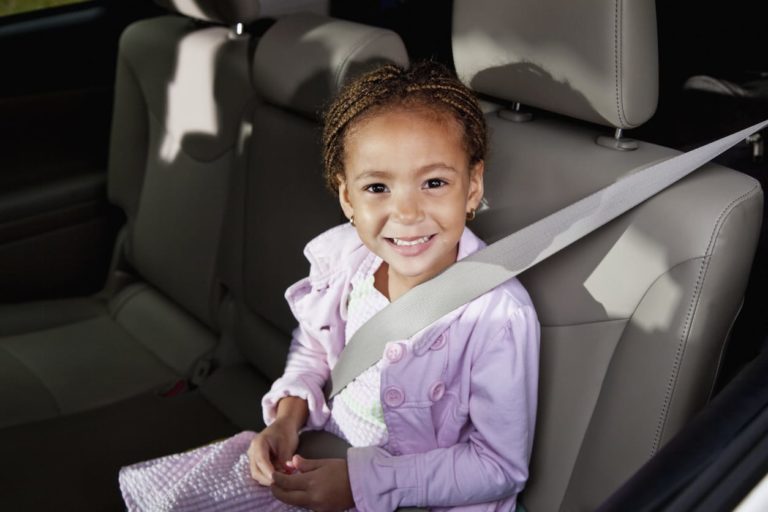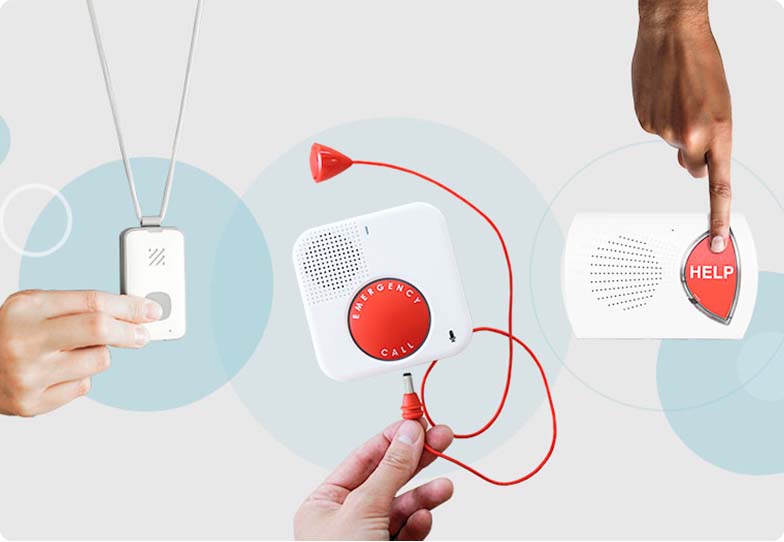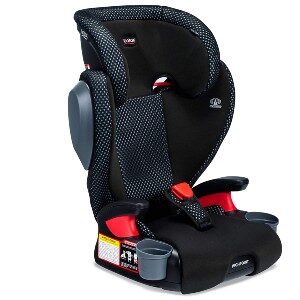Some states allow children as young as five to use nothing more than a seat belt. However, laws and age can’t really determine whether a seat belt will be able to do its job and protect your child during a crash—that should be decided by your child’s ability to safely and securely wear an adult seat belt.
When Can a Child Switch to a Regular Seat Belt?
SafeWise experts have years of firsthand experience testing the products we recommend. Learn how we test and review.

Sign up for our free weekly newsletter to get the best safety news, product info, and deals.
By signing up, you agree to our Terms and Conditions and Privacy Policy.
Determining when your child is ready for seat belts
Once your child reaches booster seat age, it’s best to keep them secured in a booster seat until their height ensures safe use of a seat belt only. To protect them in the event of an accident, the seat belt needs to fit them properly. You can use these five simple questions to find out if your child is truly past car seat age and ready to say goodbye to the booster seat.
- Can your child sit with their bottom and back all the way against the seat?
- Does the upper seat belt strap lay against the shoulder between the neck and the arm?
- Do your child’s feet rest on the floor, with their knees bent at the edge of the seat?
- Is the lap belt secured low and tight across your child’s thighs and hips?
- Will your child be able to stay in this position for the duration of the trip?
If the answer to any of those questions is “no,” then you need to wait to move on to seat belt travel. Usually, a child’s height will be the key to answering “yes” to these five questions. For most kids, the magic height is 57 inches. At that height, they will usually be able to wear an adult seat belt properly in most vehicles. For many children, it might take until they turn 10 or 12 to reach that height.
The important thing to remember is that a properly fitting seat belt is the guide to go by, not age. Even though laws in your state may have a low car seat age or booster seat age, you need to gauge seat belt readiness by your child’s physical stature; their safety depends on the ability to safely and comfortably wear a seat belt as intended by the designers of these safety devices.
Keeping your child safe in the car
When trying to determine if your child is physically ready to be safe with only a seat belt protecting them, remember the following:
*Amazon.com price as of 10/4/2021 at 9:00 a.m. (MT). Read full disclaimer.
- A lap belt should never rest across your child’s abdomen.
- The shoulder belt should rest across the chest and collarbone, not the neck.
- All children under the age of 13 should sit in the back seat.
- Once children properly fit into a seat belt, they should always wear both the lap and shoulder belts properly at all times and in all seating positions during travel.
Until your child meets the above safety guidelines, it’s best to keep them in a booster seat appropriate for their size and age.
Related articles on SafeWise
Disclaimer
*Product prices and availability are accurate as of the date/time indicated and are subject to change. Any price and availability information displayed on Amazon at the time of purchase will apply to the purchase of this product. Safewise.com utilizes paid Amazon links.
Certain content that appears on this site comes from Amazon. This content is provided “as is” and is subject to change or removal at any time.
Recent Articles




